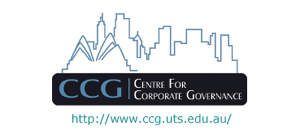The German Mittelstand

Organizing how a succession should come about falls under the heading of long-term strategy
There are approximately 135,000 Mittelstand companies in Germany that will need to tackle the inevitability of succession at the top to replace the present sole partner who over the next five years will leave because of age, illness or death. There are no official statistics, but estimates published by the Institut für Mittelstandsforschung in Bonn paint a reliable enough picture. In addition, surveys of previous changes of the guard show that 54 percent of old proprietors seek their successor from within their family, and 17 percent from their staff. The remaining 29 percent focus their quest for a successor on the outside, and these are by far the most interesting cases, for the proprietor, for potential buyers and for company staff.
Company succession from without is a minefield for the old proprietor, who has to come to grips with the complex conditions of the legal and fiscal framework through determining a selling price for the company that considers the fate of staff should a buy-over occur. By and large, the most an entrepreneur can hope to get is not the optimal amount that would ensure the company’s mid- to long-term future prospects and job security. Breakdown of the succession mechanism can also have negative repercussions on company workers. A recent survey published inter alia by auditors Deloitte revealed that one in two company successions in Germany end in failure with 250,000 jobs a year at stake.
It’s not all doom and gloom though. Chances of a positive transition improve when the entrepreneur takes it into account in his company’s long-term strategy. The expert advisory committee to the Federal Economics Ministry often mentions this time issue, and, in addition, the positive fiscal consequences to be had from a succession strategy planned well in advance, it being of little importance whether the replacement is from within or without. The same applies for the sale of companies. Only by acting unhurriedly does one find avenues that lead to a favourable outcome for both company owners and staff alike. Far from spurning identification with one’s company, those long-sighted enough to plan their succession well in advance are examples of entrepreneurial responsibility.















